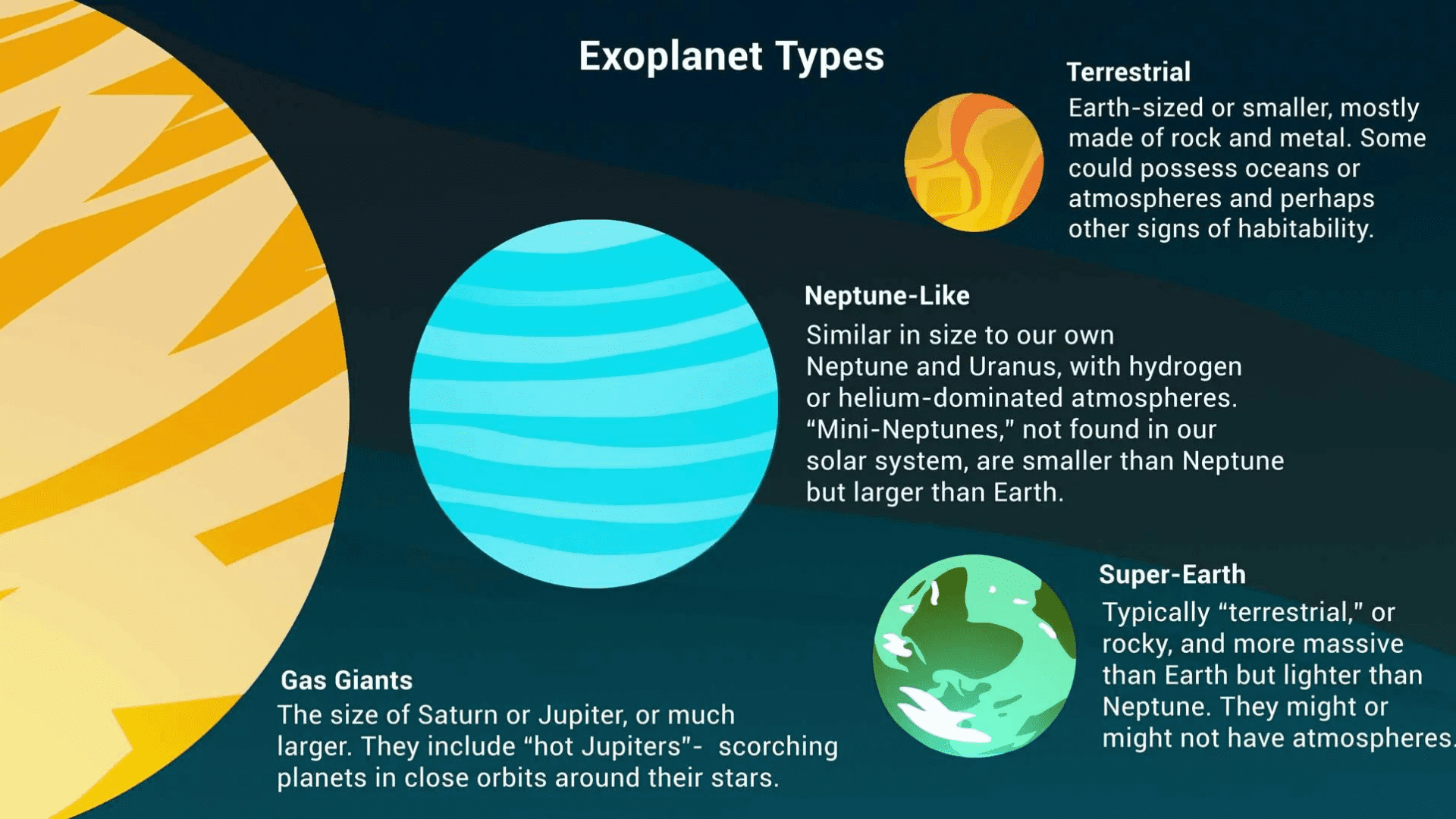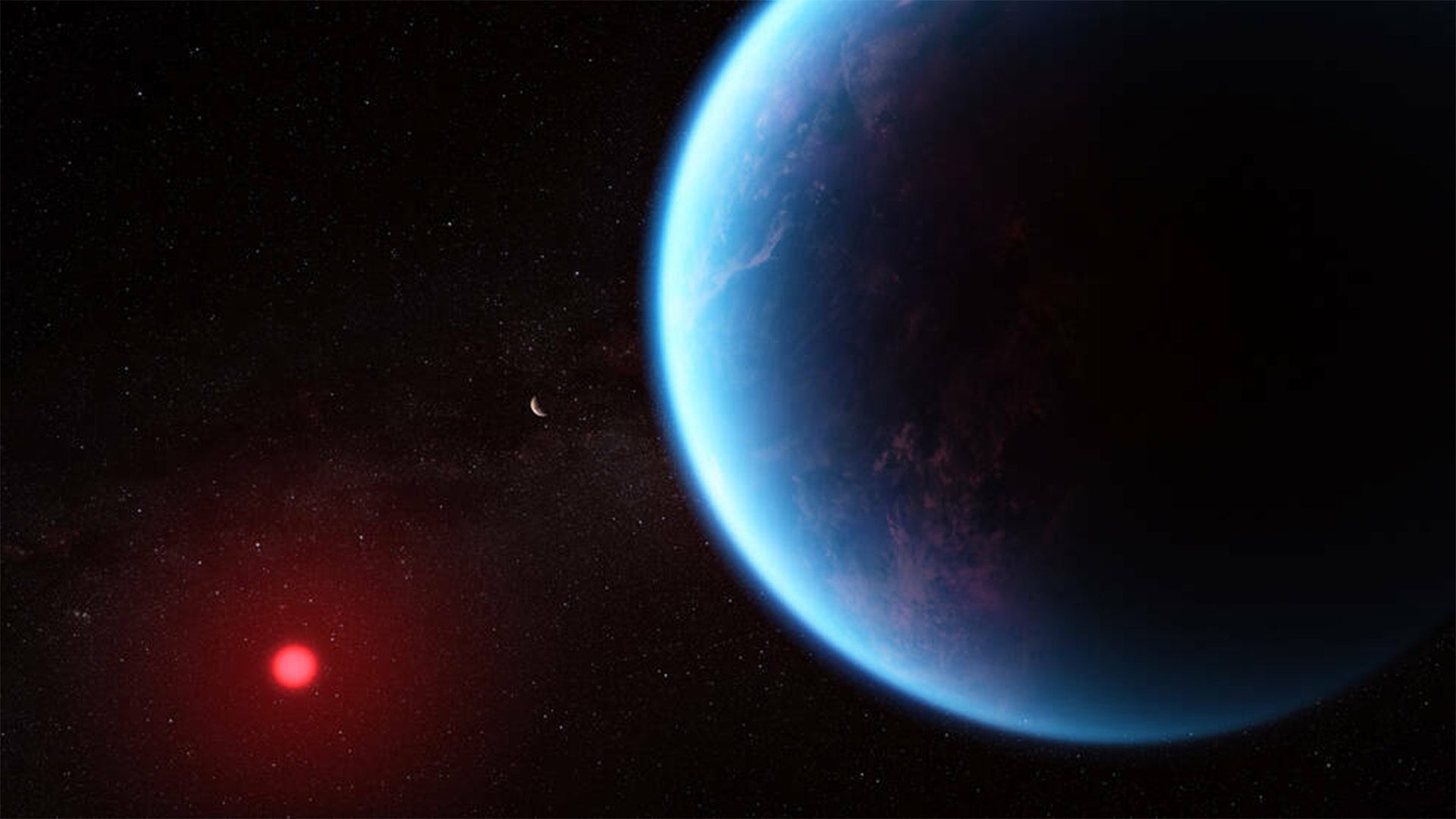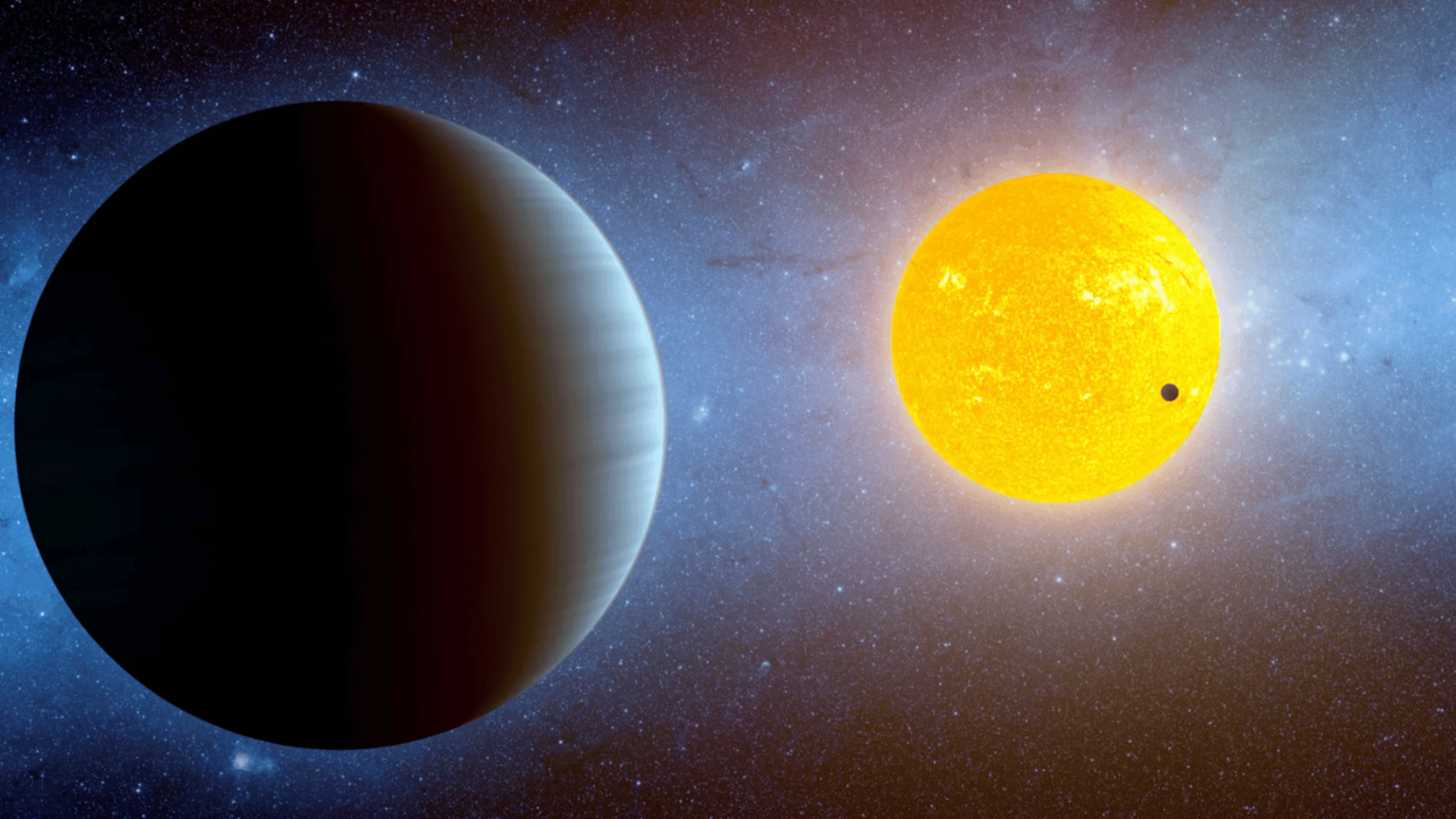A team of physicists wanted to test and see if the technology was capable of doing so. After testing, they believe it is.
LIFE
The Large Interferometer For Exoplanets (LIFE) is a mission led by the University of Zurich to search for extraterrestrial life on distant planets. The LIFE initiative is a network of five satellites that will connect near the James Webb Space Telescope roughly a million miles away from Earth. Once this network of satellites gets into position, they will act as a large telescope that picks up infrared thermal radiation from exoplanets. This is called an interferometer, the “I” in LIFE. Infrared thermal radiation is a spectrum of light that deduces the composition of exoplanets. Leader of the initiative Sasha Quanz said, “Our goal is to detect chemical compounds in the light spectrum that hint at life on the exoplanets.”

Researchers and physicists from the University want to see if there are planets that can support life. Or, if there are planets with life on them. They look for planets with similar elements. Rocky planets that are similar in size to Earth make a great candidate for observation. They look for similar temperatures too but the only difference is what stars they orbit.
Explore Tomorrow's World from your inbox
Get the latest science, technology, and sustainability content delivered to your inbox.
I understand that by providing my email address, I agree to receive emails from Tomorrow's World Today. I understand that I may opt out of receiving such communications at any time.
Detecting Life
The team set their focus on Earth to find out if the technology could work. We know there is life on Earth but the physicists weren’t looking for that answer. Instead, they wanted to see if their satellites could confirm that. In their study, they treat Earth as if it’s an exoplanet and make observations. The goal was to see how well the mission could characterize an exoplanet’s habitability.

Physicists wanted to see if the space telescope could observe our home planet from about 30 light-years away. In theory, it would find signs of a habitable world. Successfully, LIFE was able to detect atmospheric gases like CO2, water, ozone, and methane. This is all found in the infrared spectra of the Earth’s atmosphere.
According to Quanz, the experiment “demonstrates that next-generation space missions can assess whether nearby temperate terrestrial exoplanets are habitable or even inhabited.”







